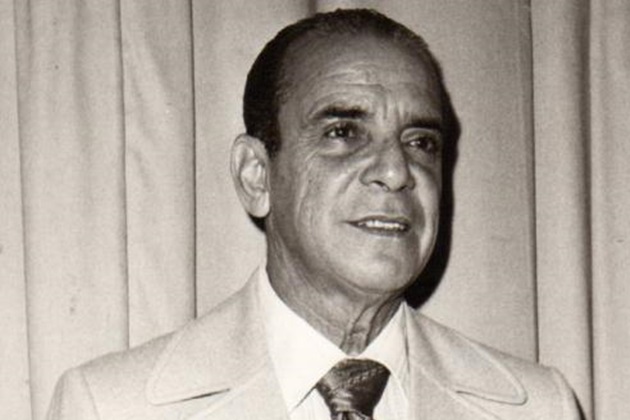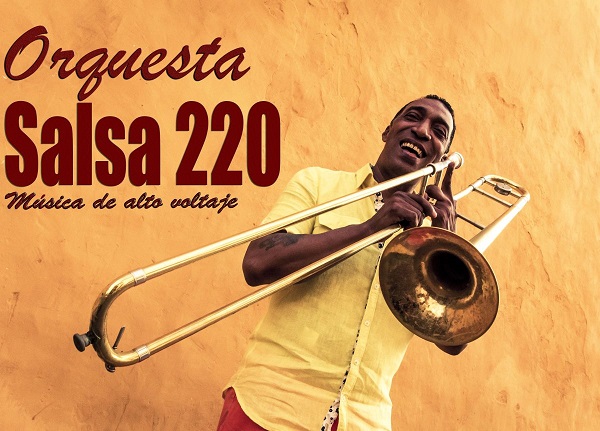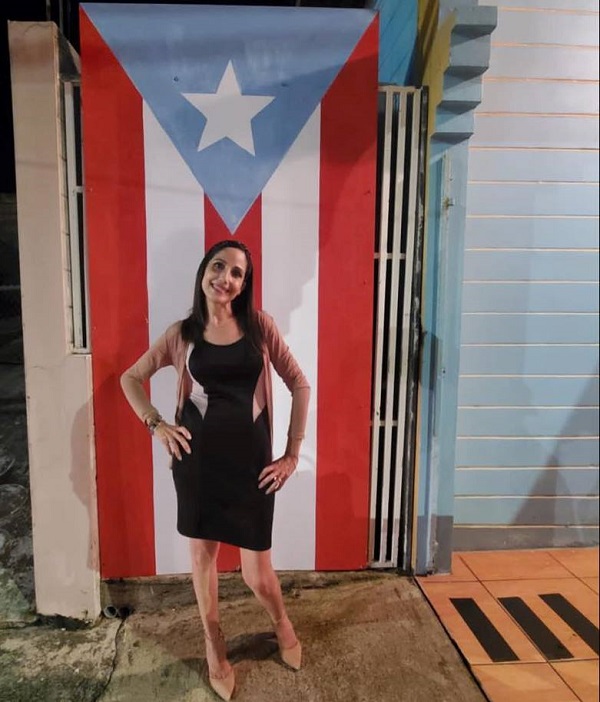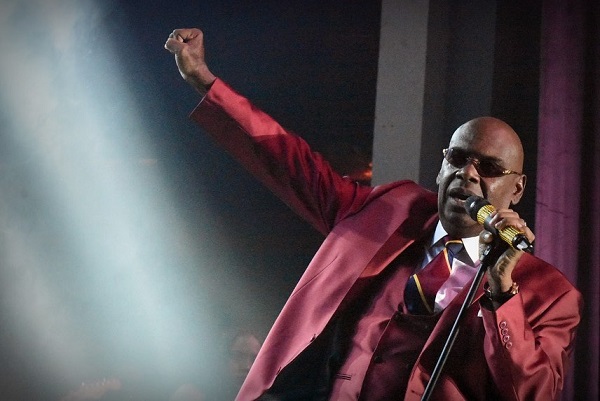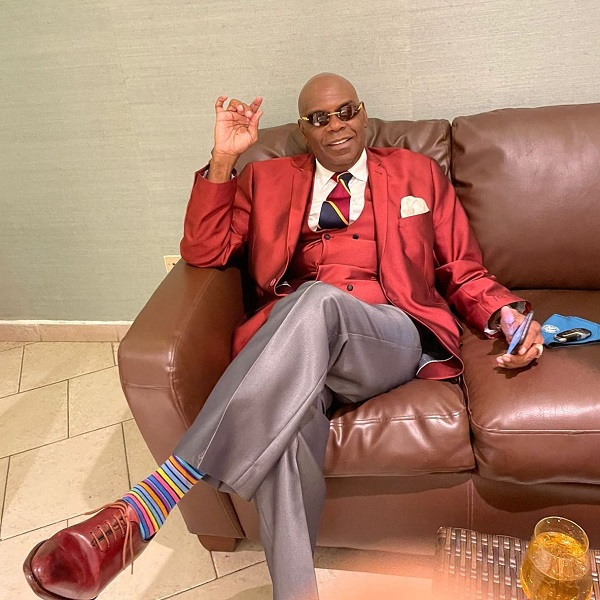Here you will find the directories of Clubs with Salsa events in North America.
CALIFORNIA
Alameda
| Yoshi’s | Trilliant Studios LLC | Salsa With Juan |
| Just Dance Ballroom | Zanzi Oakland | La Peña Cultural Center |
| The UC Theatre Taube Family Music Hall |
Contra Costa
| Vinnie’s Bar & Grill | Sizzling Latin Dance Studio | Rhythm and Flo |
| Allegro Ballroom and club | Gaucho Brazilian Steakhouse & Nightclub | Retro Junkie |
| Tip Top Ballroom |
Los Angeles
Orange
| Sevilla Nightclub of Costa Mesa | Club One Studio | OC Salsa with Esteban Conde |
| Spectrum Dance Center | LINE-X of South Coast |
Riverside Craft Brewing Company
| Sacramento | Cantina Azteca | Eagles Hall Aerie 9FOE |
San Bernardino
| The Canyon Salsa Cumbia & Bachata | RhythmAddict Dance Studio | Cosmos Taverna |
San Diego
| McCann Dance | Sevilla Nightclub of San Diego | |
| Tango Del Rey | Queen Bee’s Art and Cultural Center |
San Francisco
| El Valenciano | The Cigar Bar & Grill | Space 550 |
| Roccapulco | Verdi Club | Rockwell |
| DecoDance Bar | Kimbara | 1015 Folsom |
| Skylark Bar | Bar Fluxus |
San Mateo Motion Arts Center
Santa Barbara Leslie Sack Dance Studio
Santa Clara
| Charley’s Bar LG | Alberto’s Night Club | Cascal Restaurant |
| Stone Stew 1 | San Jose Center for the Performing Arts | Aura Kitchen + Bar |
| Dance Boulevard | Starlite Ballroom | Studio M Ballroom Club |
Ventura Studio M Ballroom Club
New York
The Bronx Havana Café
New York
| Copacabana Nightclub | Gonzalez y Gonzalez | Birdland Jazz Club |
Queens Nieves Latin Dance Studio
Chicago Vintage Bar
Las Vegas, Nevada Hard Rock Café
Worcester County Palladium
Fairfield County La Vista Bistro
Pinellas County Acropolis Greek Taverna – St. Petersburg
Houston Texas Sable Gate Winery

